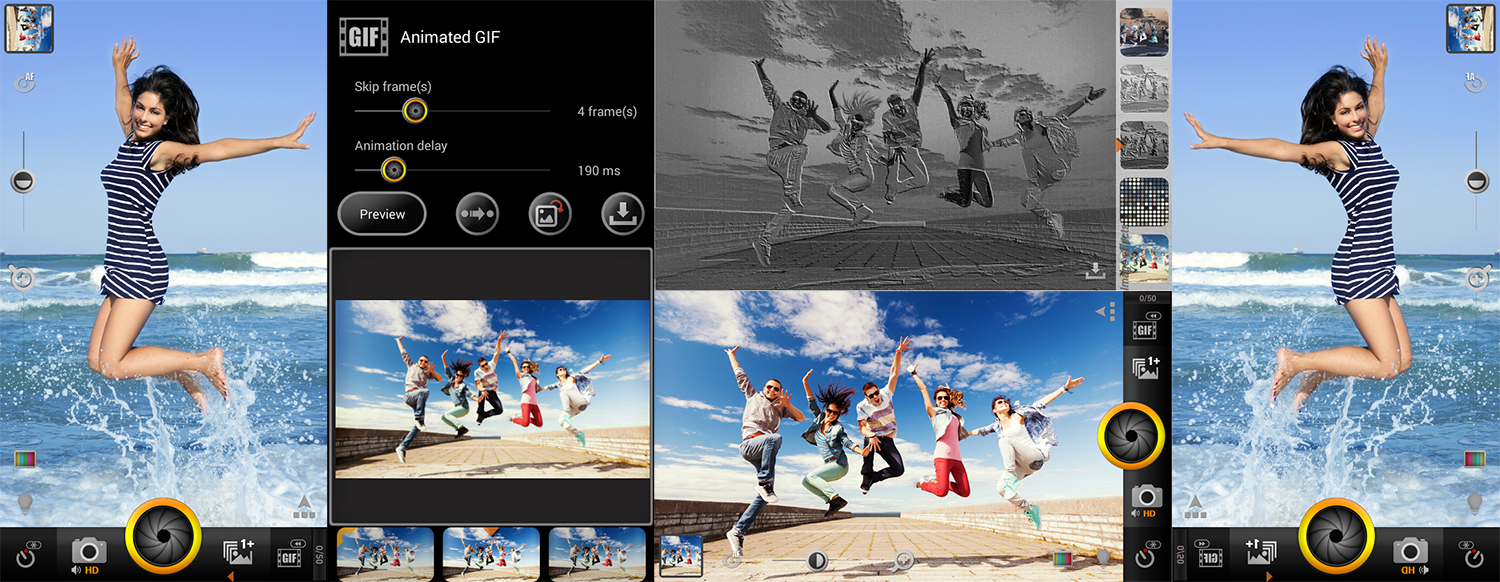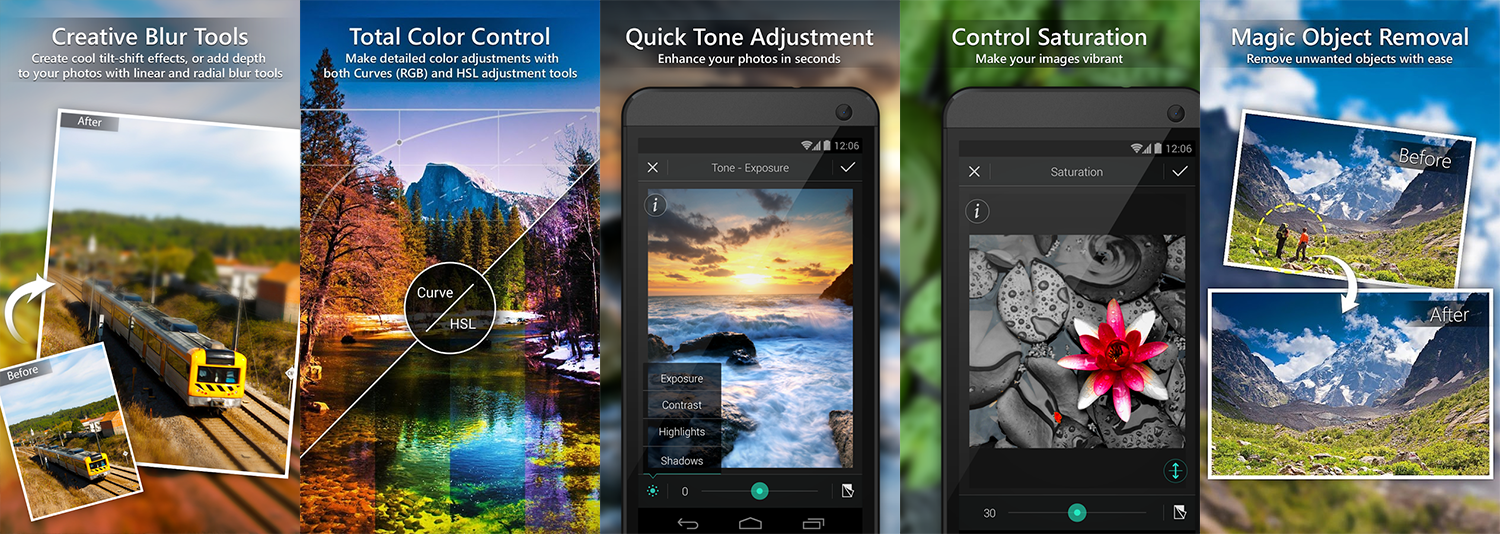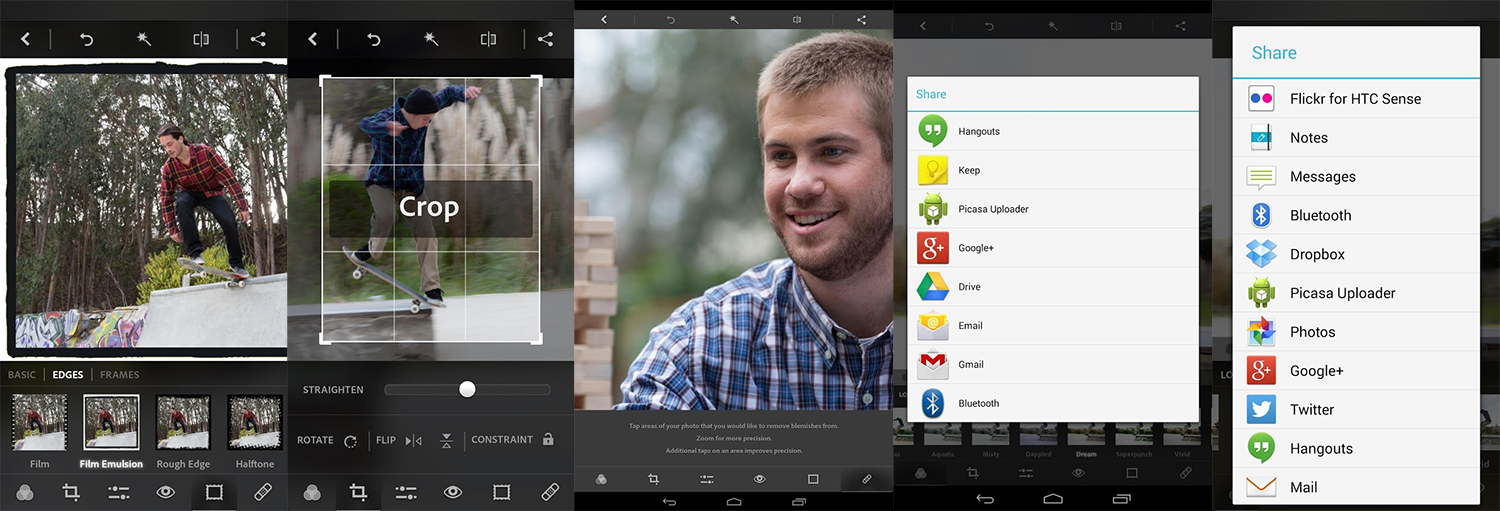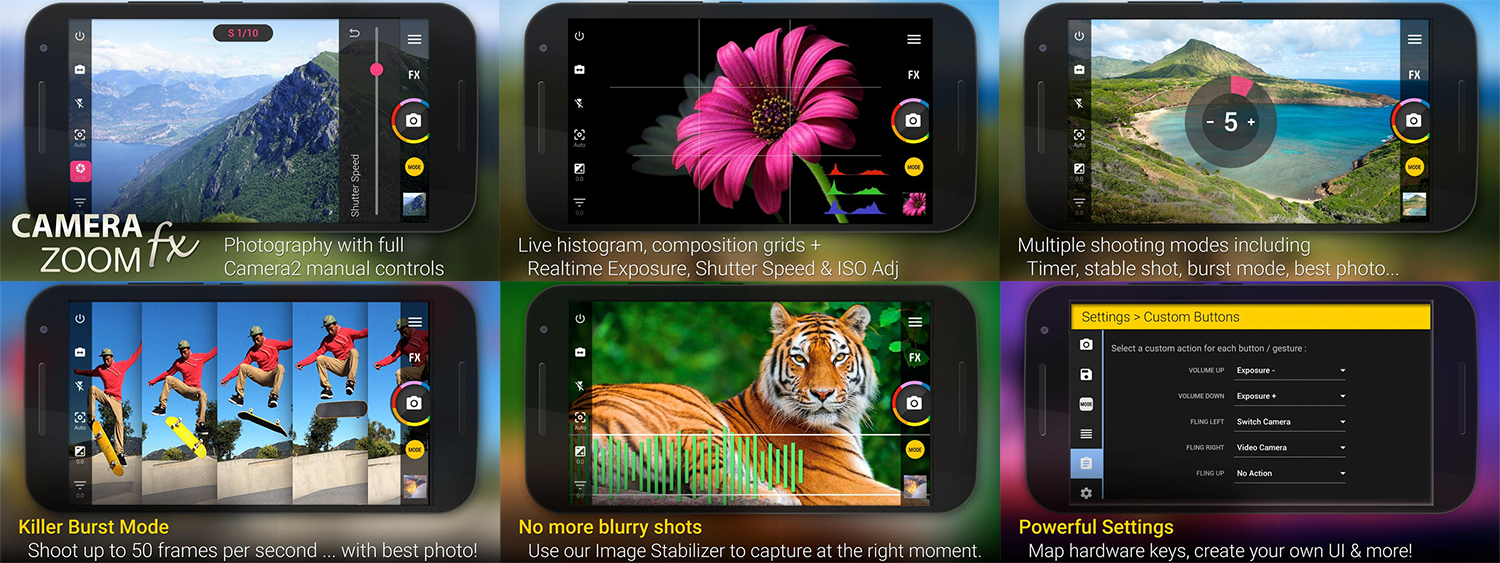In the realm of digital storage, Secure Digital (SD) cards have become the go-to solution for storing and transferring data across a wide array of devices, from cameras and smartphones to laptops and gaming consoles. However, navigating the landscape of SD card standards and speeds can be daunting, with a plethora of acronyms and technical specifications to decipher. In this guide, we’ll unravel the mysteries surrounding SD card standards and speeds, empowering you to make informed decisions when selecting the right SD card for your needs.
SD cards come in various standards, each denoting different capacities and capabilities. Here’s a breakdown of the most common SD card standards:
SDSC (SD Standard Capacity):
SDSC cards are the earliest iteration of SD cards, offering storage capacities up to 2GB.
These cards are primarily used in legacy devices that do not support higher capacity SD cards.
SDHC (SD High Capacity):
SDHC cards supersede SDSC cards, offering capacities between 4GB and 32GB.
Devices that support SDHC cards are backward compatible with SDSC cards but may not be compatible with higher-capacity SDXC cards.
SDXC (SD Extended Capacity):
SDXC cards represent the latest generation of SD cards, offering capacities ranging from 64GB to 2TB (theoretical limit).
These cards utilize the exFAT file system, enabling compatibility with larger file sizes and improved performance.
Understanding SD Card Speed Classes:
In addition to storage capacities, SD cards are classified based on their speed ratings, which indicate the minimum sustained data transfer rate. Here are the common speed classes you’ll encounter:
Speed Class:
Speed Class ratings range from Class 2 to Class 10, indicating the minimum sequential write speed in megabytes per second (MB/s).
For example, a Class 10 SD card guarantees a minimum sequential write speed of 10MB/s, making it suitable for capturing high-definition video and rapid burst photography.
UHS Speed Class:
Ultra High-Speed (UHS) Speed Class ratings, denoted as UHS-I, UHS-II, and UHS-III, apply to SDHC and SDXC cards and indicate higher transfer speeds compared to traditional Speed Class ratings.
UHS-I cards offer a minimum sequential write speed of 10MB/s, while UHS-II and UHS-III cards provide even faster speeds for demanding applications such as 4K video recording and continuous shooting.
Video Speed Class:
Video Speed Class ratings, represented by symbols like V6, V10, V30, V60, and V90, are designed specifically for recording high-definition video.
These ratings guarantee sustained minimum write speeds suitable for various video resolutions and bitrates, ensuring smooth and uninterrupted recording.
Selecting the Right SD Card:
When choosing an SD card, consider your device’s compatibility requirements, storage capacity needs, and intended usage scenarios. For casual photography and everyday storage needs, a Class 10 or UHS-I card with ample capacity is usually sufficient. However, if you’re a professional photographer or videographer working with high-resolution content, opt for higher-speed UHS-II or UHS-III cards with Video Speed Class ratings to ensure optimal performance and reliability.
Navigating the myriad of SD card standards and speeds can be overwhelming, but armed with this knowledge, you can confidently select the right SD card for your devices and applications. Whether you’re capturing priceless memories, recording stunning videos, or expanding your digital library, choosing the appropriate SD card ensures seamless performance and peace of mind. So, the next time you’re in the market for an SD card, consider the standards and speeds that best align with your needs and unleash the full potential of your digital endeavours.
















